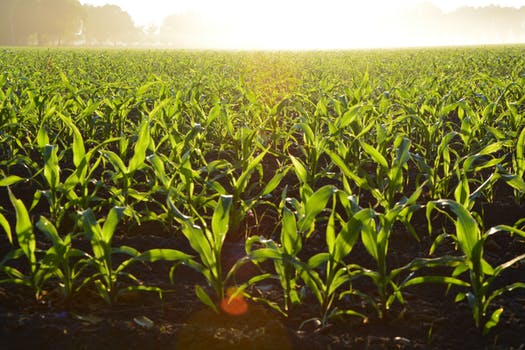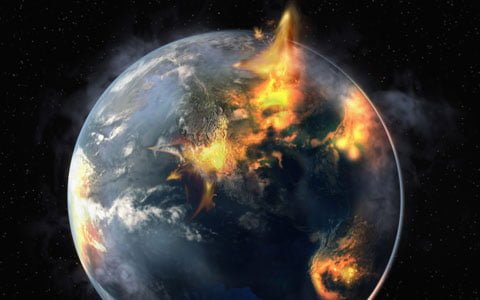Infrared satellite imagery from the entire globe is showing massive crop declines everywhere, except in Russia and China. These images suggest that staple crops such as wheat are in poor condition and in sharp decline among major exporters including Ukraine, the United States, and India.
If you have been unconcerned about a food shortage or a possible war with Russia and/or China, now is the time to perhaps reevaluate. As ZeroHedge reported, it is hard to say which governments and institutions monitor this data, but a few months ago a multitude of political leaders and global banks issued simultaneous warnings of a “global food shortage” and an impending crisis. Such institutions included the International Monetary Fund, World Bank, the BIS, and even the White House. So far, a perfect storm of stagflation, supply chain disruptions, and poor weather conditions have combined to disrupt food production around the world.
Russia and China, on the other hand, are enjoying a strategic advantage when it comes to being able to feed their populations.
As we entered the spring of this year, the mainstream media heralded the end of the Russian economy and the swift collapse of their war efforts in Ukraine. Today, Russia is selling more oil and exporting more commodities than ever before, and both Russia and China now have the most healthy staple crops in the world. It’s almost as if the public in the west has been deliberately misled about our economic strength. –ZeroHedge
The food shortages are becoming obvious, and crop failures are mounting. That means prices will continue to rise as shelves get more and more empty.
PREPPING FOR THE UPCOMING GOVERNMENT-INDUCED FOOD SHORTAGES
This also had major implications if the West continues to provoke a war with Russia. The temptation for the eastern nations to use food as a weapon against NATO countries will be just as high on their list as using oil and gas withholding as a weapon. With food and energy stability in doubt, there is also a considerable danger of civil unrest in parts of the world where people are going to experience a dramatic decline in their standard of living, such as in the U.S.
Third-world nations are likely to see the worst of the shortages, but price inflation in necessities is here to stay for first-world countries as well. And along with that comes all the associated economic problems, including rising crime, rising unemployment, and rising poverty. Prepare accordingly.










0 Comments